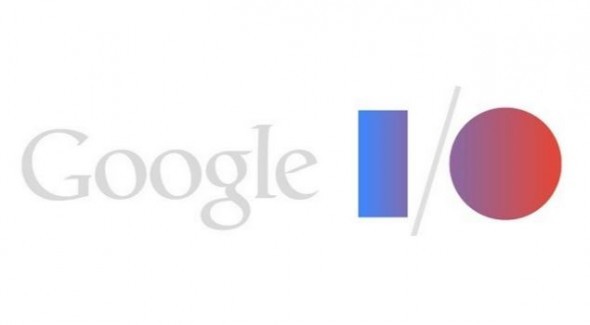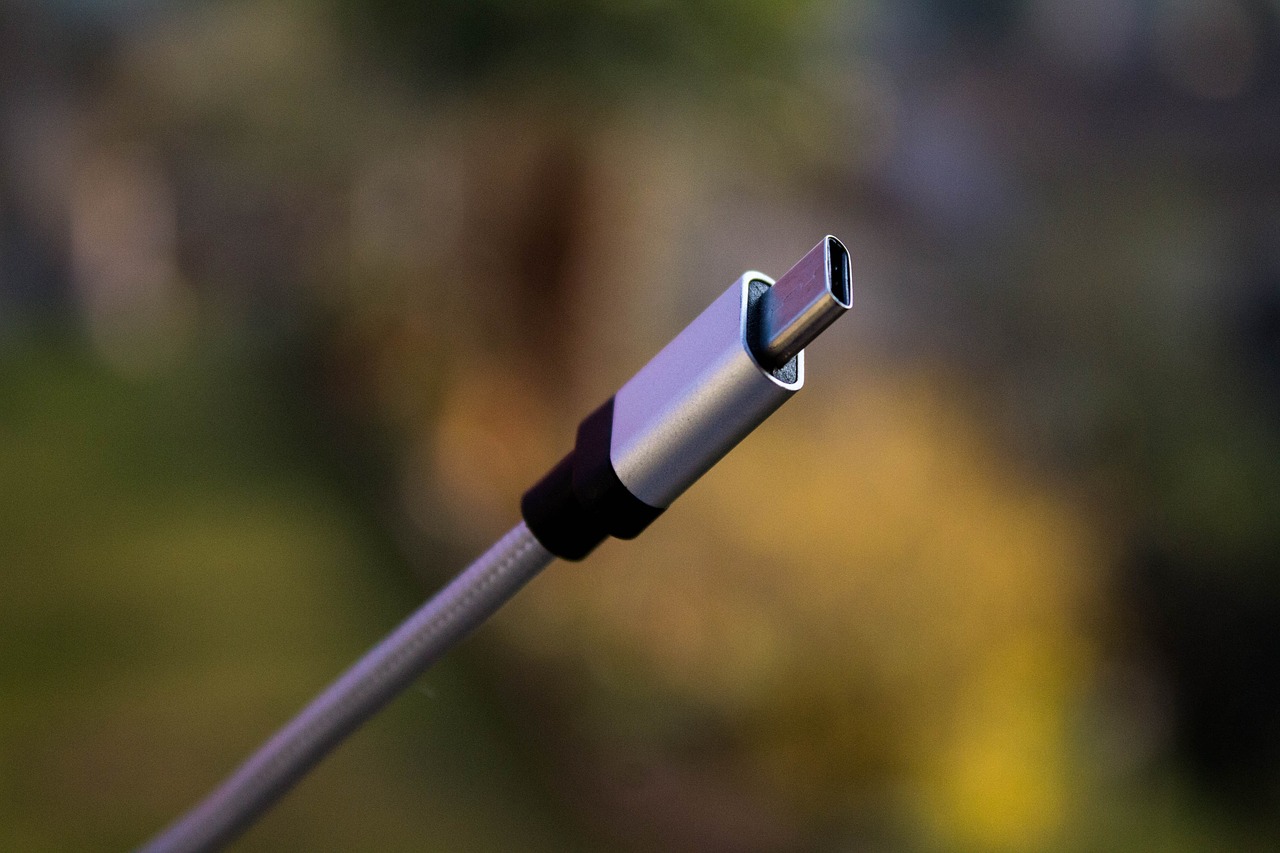This week marks the beginning of Google’s I/O Developer Conference for 2016. This is often an interesting event since it, like WWDC for Apple, shows some of the future products and service that Google is working on.
Here are some of the biggest things that have been announced and demonstrated so far:
Google’s Amazon Echo Competitor: Google Home
This is Google’s entry into the voice-activated home hub device market. Similar to Amazon’s surprisingly popular Echo devices, the Google Home will allow users to ask questions and perform basic tasks (such as controlling lights, the Nest thermostat, and media) with voice alone.
Although a firm release date wasn’t given, Google says the Home will be available before next year.
Google Home is a voice-activated product that brings the Google assistant to any room in your house. #IO16 pic.twitter.com/XltNrp093b
— Google (@google) May 18, 2016
(Two More) New Messaging Apps: Google Allo and Duo
Google seems to have an addiction to creating messaging apps, and this I/O is adding two more apps to the mix.
Google’s Allo app is a bit different from Hangouts (Google’s current unified messenger app), since Allo is tied to a phone number. Allo also includes some other unique features, such as a slider to adjust text “volume” (instead of the normal all-caps solution), emojis, stickers, and predictive replies to messages based on your history. These predictive replies not only respond to text, but pictures as well. Allo also includes Google Assistant (more on that later) and the chats are end-to-end encrypted.
Allo lets you communicate with anyone in your phonebook—both Android and iOS. #IO16 pic.twitter.com/nhpxGJDRGP
— Google (@google) May 18, 2016
Additionally, Google is also releasing a dedicated video chat app, called Duo. Like the name suggests this app is only for one-on-one video chats (unlike Hangouts), and is also tied to your phone number (just like Allo). Unlike Allo, however, this app seems focused on simplicity instead of bells and whistles, and is making quality audio and video (even on slower cell connections) a priority.
One neat feature, though, is what Google is calling “Knock Knock”, where the receiver of a video call can see a “preview” of the person at the other end.
Duo, the video companion to Allo, is a simple one-to-one video calling app for everyone. #io16 pic.twitter.com/cj2ZZy54QQ
— Google (@google) May 18, 2016
Both Allo and Duo will be out sometime this summer, but no mention of what will happen to Hangouts after these two apps are released.
Google Assistant
Google Assistant was one of the big announcements at I/O – although it’s also slightly confusing, since Android already has an assistant-like app in Google Now. Unlike Now, however, which tries to give you information in advance, Google Assistant is designed to be a more natural way to interact with Google Search using “normal” speech and questions.
Google Assistant will also plug into many popular services (although, for right now, there is no API, so Google will have to manually add each service) to order an Uber, Ticketmaster, and many others, and will almost certainly be able to integrate with your other Google apps like Gmail, for more personalized recommendations.
Google Assistant will feature prominently in Google Home, and also in Google’s Allo app, where you can ask it for restaurant recommendations (or other things) right in the chat window, so everyone can help choose where to eat (or what movie to see, etc.). You’ll even be able to chat directly with Assistant alone, so it will have chatbot-like functionality.
Android Wear 2.0
Android Wear, which has done a reasonably good of adding features over the past few Android updates, got lots of attention at I/O with its forthcoming 2.0 update.
The new features include watchfaces which now can show information from other apps – similar to widgets on the homescreen of an Android phone, but with a much more uniform appearance and color to fit into whichever watchface you are using.
New text input options for responding to text messages include Smart Reply (although I don’t believe it’s “learned” like Allo’s automatic reply feature), a tiny keyboard, and a handwriting “keyboard” that scrolls as you write out the letters with your finger. Voice input is still available, but these other input are nice, since voice isn’t always practical.
Possibly the most important announcement is the new “standalone app” connectivity for 3rd party apps. This means that no longer does every app need to communicate through your phone, now some will be able to use whatever kind of connection is available (Wi-Fi, Bluetooth, cellular) on their own to provide whatever functionality they need. This will expand the usefulness of Wear apps when your phone isn’t nearby or if you are an iPhone user with a Wear watch.
Here is a video of these new features (plus some others):
Google Instant Apps
Almost everyone has run into the problem of trying to use a website that is poorly-optimized for mobile, installing an app for the site, and then using it only one time and forgetting about it. Google Instant Apps is a solution to this problem, with compatible apps being built with “modules” and Google only downloading the necessary module(s) for the user to perform a specific action.
Android N
Another announcement was the release of another, more stable version of Android N, as well as the announcement of a contest for users to help name the Android release expected later this summer.
A nice additional feature for Android N is an auto-update feature that will download and install an update in the background, and the next time you reboot your phone the update will be automatically applied without any sort of dialogue boxes or re-optimizing apps.
Google VR
Two years after releasing Android Cardboard at I/O, Google is now starting to get more serious about VR in Android handsets. Daydream is the name for Google’s new VR platform, and it’s going to be coming out on phones later this year. Daydream-certified phones will have high-speed processors, low-latency displays, and more refined orientation sensors, all in order to provide an immersive 360-degree VR experience.
Google also has made reference designs for their hardware vendors for a VR headset and game controller. These will still use your phone as the display and processor, though, so there is still nothing suggesting a standalone VR unit anytime soon.
The first wave of Daydream phones, as well as the headsets and game controllers from various manufacturers, will likely come out sometime this fall.
We’ve created a reference design for Daydream-ready viewers & controllers that are comfortable & intuitive. #IO16 pic.twitter.com/1UlbmASIM4
— Google (@google) May 18, 2016
All this was just from Day 1! Usually these conferences are front-loaded with all the interesting stuff at the beginning and the more developer-oriented information later on in the conference, but if anything else catches my eye, I’ll be sure to add it to this list!




